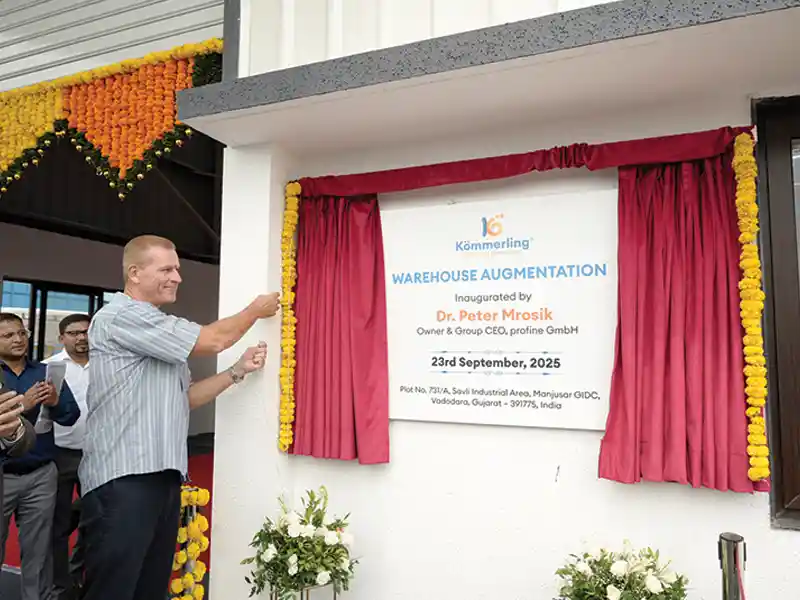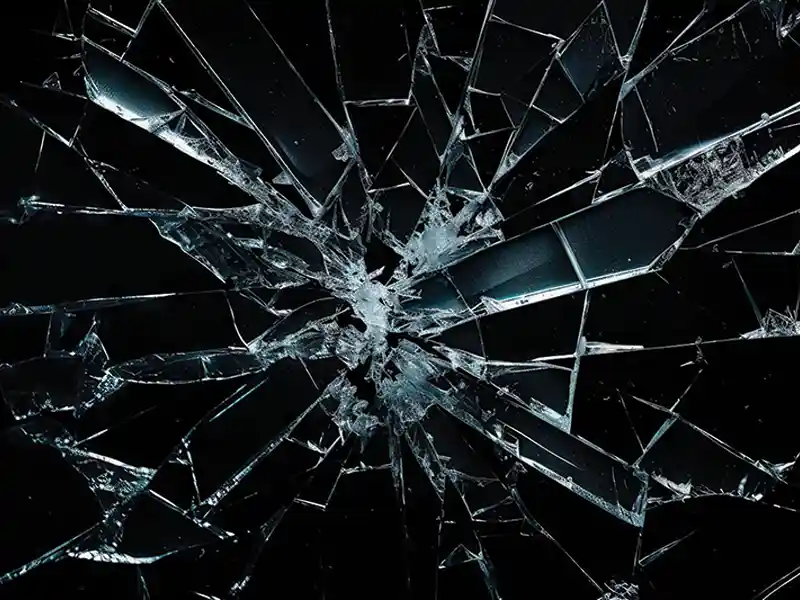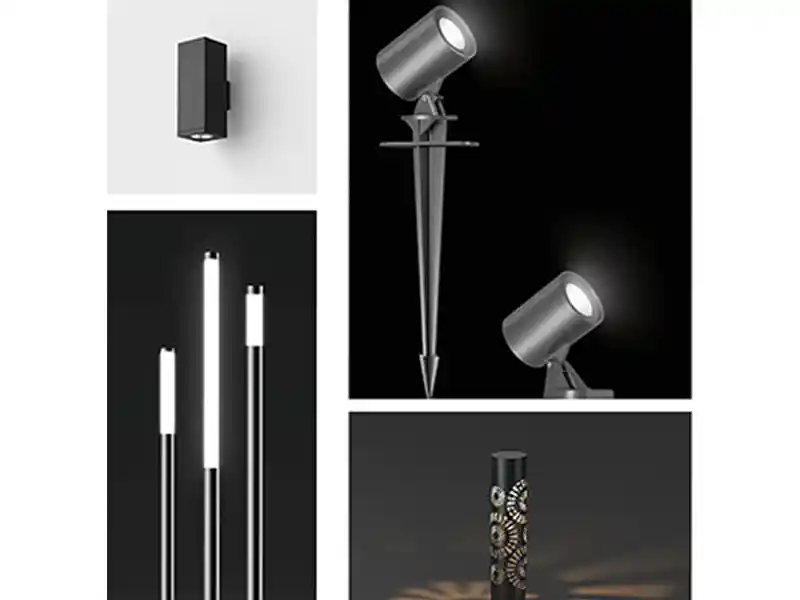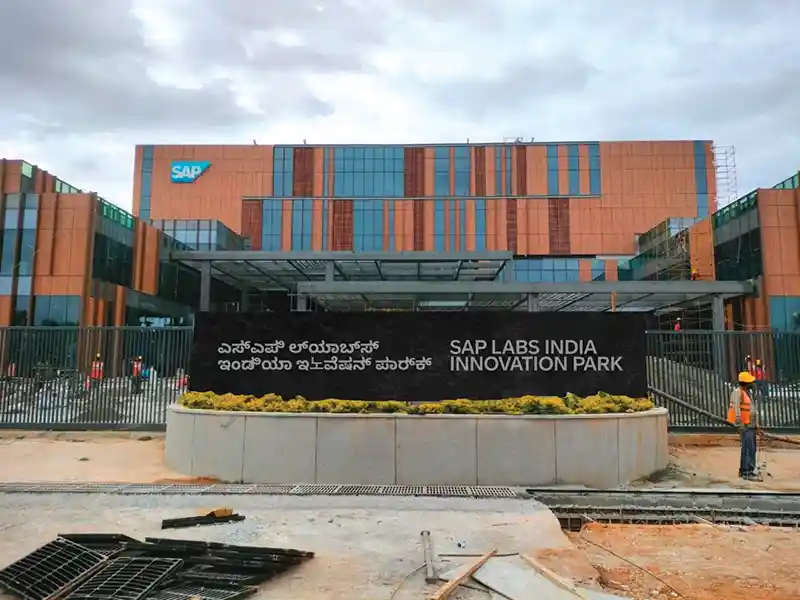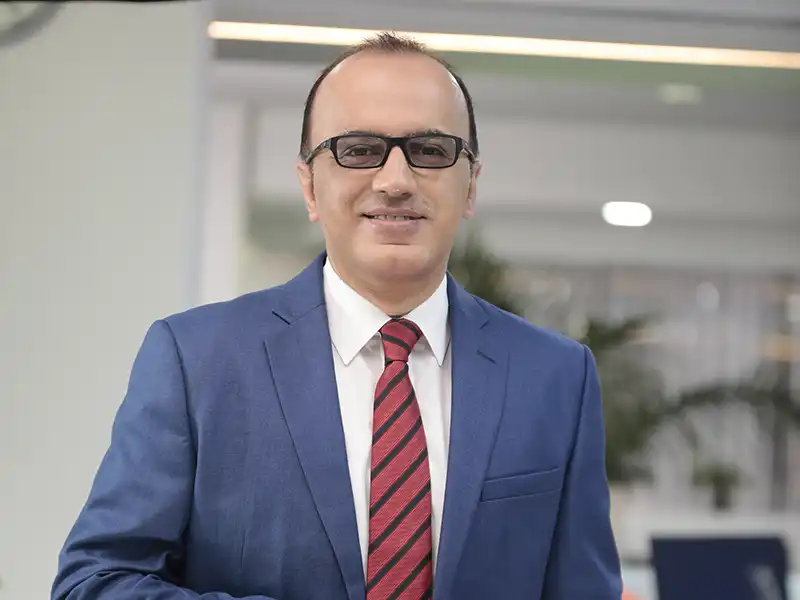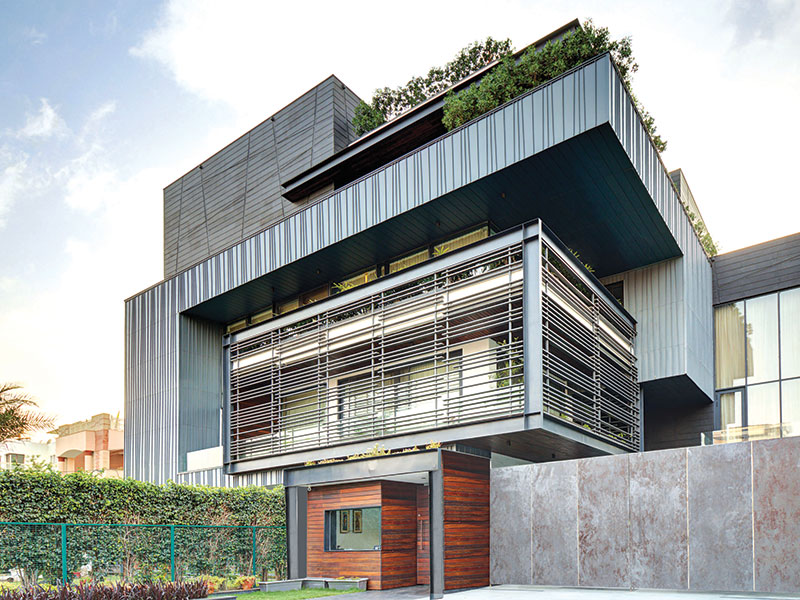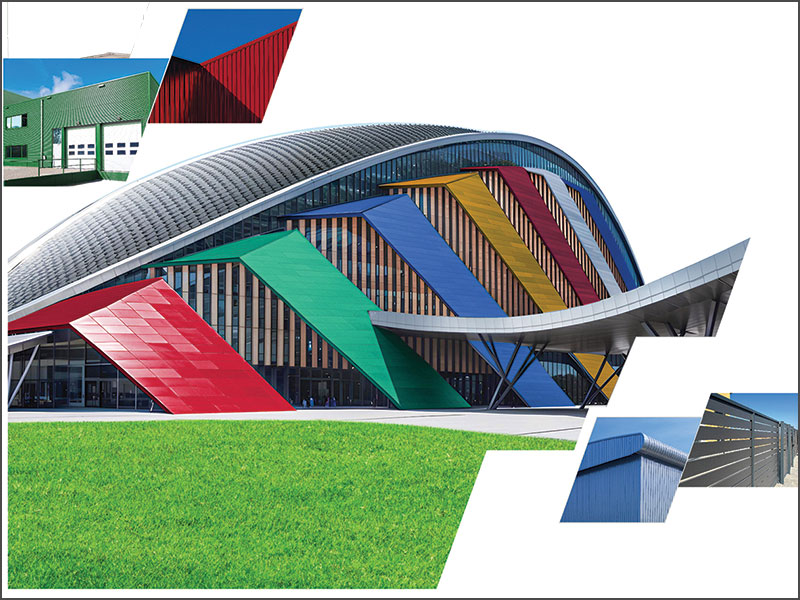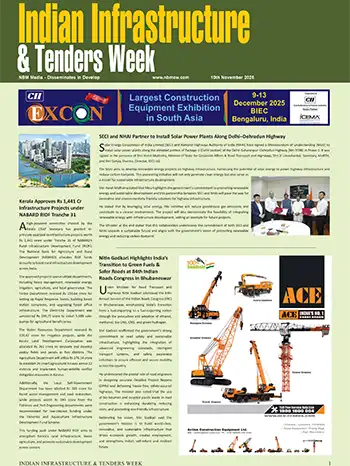
Never mind the reasons, glass facades are here to stay. For the past few decades, the modern aesthetics has come to regard glass exteriors as the hallmark of a contemporary building, synonymous with modern thinking, new technology and a forward-looking attitude.
If you're in a glassy structure, you are "with it." Unfortunately, glass facades are very high on energy utilization, something that is fast becoming the worst crime in the world. With the new carbon economy gaining ground, Indian corporates will also start taking a serious look at how climate sensitive their offices are. Energy optimization will play a major role in reducing the carbon footprints. In fact, low carbon emissions will soon become one of the criteria that investors look for when they come in from Western markets to India.
Why then is the West still gung-ho about glass facades? It's not because they deal with colder climates, as a lot of people here think, but because they are learning to use glass more intelligently than we currently do in India.
Glass, if used correctly can actually minimize energy consumption while minimizing the use of daylight and offering a host of other benefits. Here’s a low-down on the high points of using glass.
Daylight galore: Glass allows the uninterrupted use of daylight. Yet a host of special glasses allow daylight to be controlled as well. By using tints and special inter-layers, users can bring down the glare while still getting daylight into the building.
For instance, modern malls are well lit during the day and do not need to use lighting in the common areas. The most common day-lighting method is glass roofs with retractable covers so that extra glare can be controlled during summer.
Energy efficiency: Adequate day lighting means the reduced usage of artificial lighting and hence energy savings as well. However, high performance glass of various types are available that can control the amount of solar and thermal heat gain getting into the building. This cuts down on air conditioning expenses as well. This is usually achieved by special inter-layers placed in laminate glass, but tints are also used to cut down UV, glare, etc.
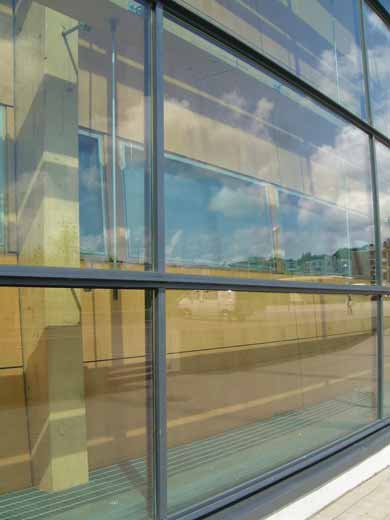
Sound control: Laminate interlayers are also used to block off sound, so it is possible to have a silent working atmosphere inside a building with a glass façade. Acoustic comfort, besides humidity and temperature is also a major factor that impacts worker productivity. Buildings are therefore designed keeping this in mind as well.
Continuity between interiors and exteriors: Glass has the huge aesthetic advantage of offering complete visibility and therefore blending the interior and exterior spaces in a building in a visual manner. At the same time, it is possible to install one-way glasses that allow certain spaces to have their privacy. One-way glass allows users to look out of a space, with letting those on the outside to look into it.
Self–cleaning properties: A new variant of glass has been introduced that has a self–cleaning ability. Till now, the maintenance of glass has been an issue, but with this type of glass even this can be overcome easily.
Safety: This is an often ignored facet of building design in the pursuit of the correct aesthetic look. Laminated glass is highly safe and does not break into fragments. Rather, it retains its place by only cracking. The interlayer film remains intact even though the glass breaks.
Correct use of glass
Glass, as elaborated above, has many good properties. However, it is also one of the least understood materials in the world. Only the correct use of glass can offer all the advantages you want from it. In India, especially, glass usage norms are not well developed. Laws to prevent the unsafe and inappropriate use of glass are not yet in place and where they are, they are weakly enforced. This leads to dangerous situations and the construction of buildings with very high energy usage.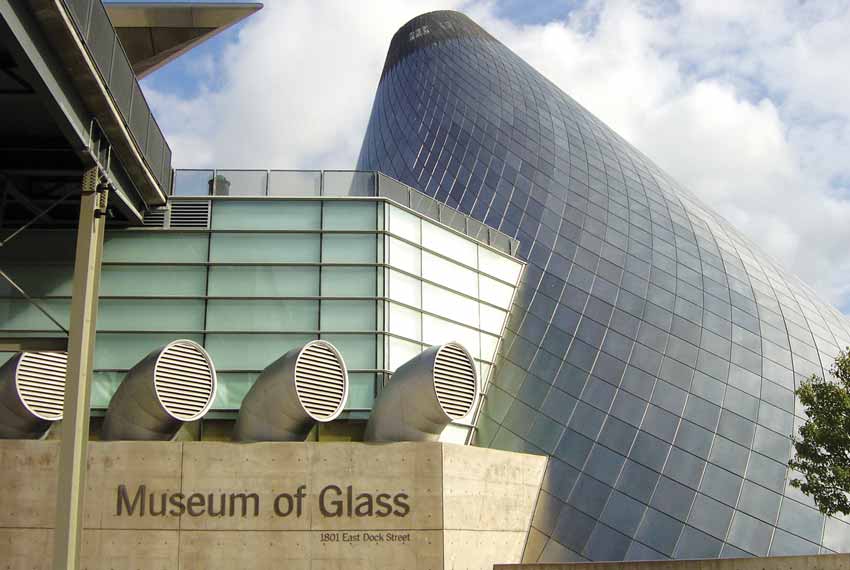
Glass manufacturers are pushing to educate consumers about value added glass that offer the benefits of thermal insulation, anti-glare properties, safety, etc. Architects and designers are also increasingly becoming aware of the technology available.
Yet, with cost differentials being high, it will take a lot more than good intention to convince Indian architects, contractors and clients to opt for value-added glasses that offer the optimal properties for a building.

